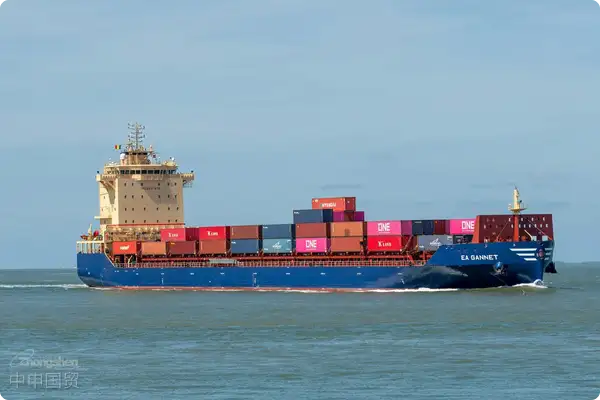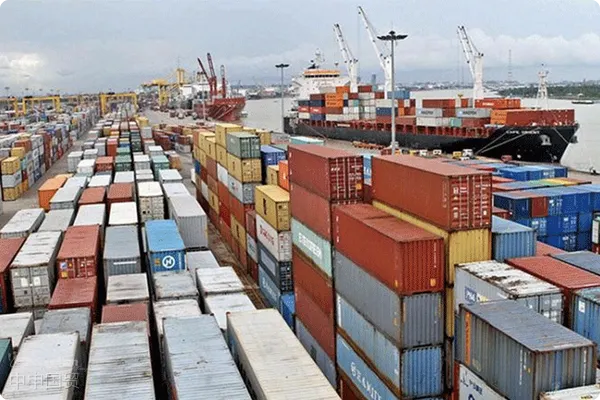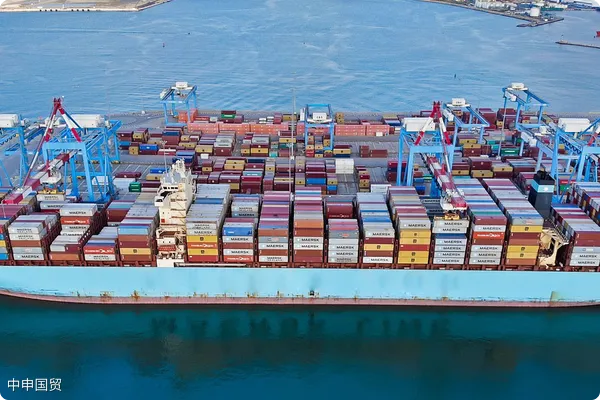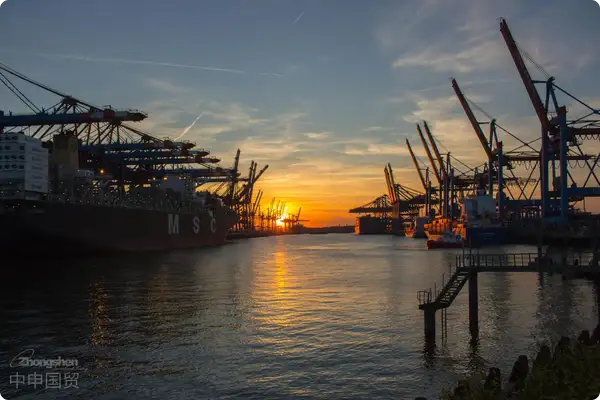- Shanghai Zhongshen International Trade Co., Ltd. - Two decades of trade agency expertise.
- Service Hotline: 139 1787 2118
Hi! Today, Im going to talk to you about how to successfully export processing intermediate products to the Southeast Asian market. This is not an easy task. Regulations, standards, and logistics all need to be taken care of. But dont worry. With me here, well break it down step by step. With the help of professional agencies, youre sure to avoid detours and head straight for success!

Export requirements: You must be clear about these
Product standards and certifications: Compliance is the first step
To sell intermediate products to Southeast Asia, you must first pass thestandard test. For example, if you export chemical products, you need to ensure that they meet the environmental protection and safety requirements of ASEAN countries, and you may also need to attach a certification label. For electronic components, electromagnetic compatibility (EMC) and safety standards are essential. The requirements of each country are different, so you need to find out the details before setting off. Dont get stuck halfway.
Rules of origin: The key to tariff preferences
Have you heard of the ASEAN Free Trade Area (AFTA)? This is a great opportunity to save money! To enjoy preferential tariffs, your intermediate products need to prove their innocent origin - that is, a part of the added value must be generated in ASEAN or your country. Prepare detailed production and supply chain information and obtainIt is recommended to verify through the following methods:the certificate (such as Form E), and you can pay much less in tariffs!
Labeling and packaging: Details determine success or failure
Labeling and packaging cant be done casually. Southeast Asian countries require clear labels on products, stating ingredients, safety warnings (such as GHS standards), and usage instructions, sometimes in local languages. Forsensitive goods such as food additives or pharmaceutical raw materials, they also need to pass the approval of the health department, such as Thailands FDA certification. If the packaging is not sorted out, you can only stare blankly when the goods arrive at the port.
Health and safety: Health comes first
For some intermediate products, such as food additives or pharmaceutical raw materials, special attention should be paid to health and safety requirements. Each country has its own passing standards. Prepare relevant certifications in advance to pass customs smoothly.
Prohibited and restricted substances: Dont cross the red line
Southeast Asian countries also have strict restrictions on hazardous substances. Similar to the EUs RoHS Directive, not a single prohibited chemical substance can be touched. This is not only for compliance but also for the health and safety of consumers. We must keep a tight rein on this.
Agency Services: Your Trusted Assistant
Cant handle everything alone? Then find a professional agency! They are like the super navigation on the export journey, helping you handle everything from start to finish.
Market Access Consultation: Regulations No Longer in the Mist
The agency will update the regulations and standards of the target market in a timely manner, tell you which certifications your products still lack and where adjustments are needed. They are like your market scouts, enabling you to avoid detours.
Document Preparation: Leave the Tedious Work to Them
Commercial invoices, certificates of origin, packing lists... There are so many of these documents that it makes your head spin. The agency will help you prepare them one by one and can also handle complex trade procedures to ensure everything is foolproof.
Logistics and Transportation: Worry - free and Efficient
Maritime Transportation,Air TransportationOr by land transportation? The agency will select the optimal solution according to your needs and budget and can also handle customs clearance procedures. The logistics efficiency in Southeast Asia varies, and the seasonal impact is also significant. Planning in advance can avoid delays.
Tariff Optimization: Clever Ways to Save Money
With an agency, it is much easier to apply for tariff reduction using free trade agreements. They will help you ensure compliance and further reduce costs.
Risk and Compliance Management: Prevention is Better than Cure
Trade policies keep changing. The agency will keep an eye on the latest developments, give you compliance advice, and help you avoid hitting trade barriers so that your business can run smoothly.
Precautions: Avoid These Pitfalls
Continuously Update Information: Dont Be Left Behind by Changes
The trade policies and standards in Southeast Asia may be adjusted at any time. Regularly talk to the agency about the latest developments to stay ahead.
Cultural Differences: When in Rome, Do as the Romans Do
The business habits and cultures of each country are different. Understanding them clearly can avoid misunderstandings and make business negotiations smoother.
Logistics Timeliness: Time is Money
The logistics in Southeast Asia is sometimes not very reliable, especially during the rainy season or holidays. Plan the transportation plan in advance to avoid goods being held up on the way.
Conclusion: Professional Agency Helps You Soar
Exporting intermediate processed products to Southeast Asia is indeed a technical task. Regulations, standards, and logistics, if any one of them is not well - done, it may cause problems. But with the support of a professional agency, the whole process can become simple and efficient. The compliance risk is reduced, costs are saved, and the goods are smoothly delivered to the customer, so the business will naturally thrive!
If you have any questions or want to talk about specific operations, feel free to come to me! I will do my best to help you gain a firm foothold in the Southeast Asian market and make a fortune!
Related Recommendations
? 2025. All Rights Reserved. Shanghai ICP No. 2023007705-2  PSB Record: Shanghai No.31011502009912
PSB Record: Shanghai No.31011502009912









